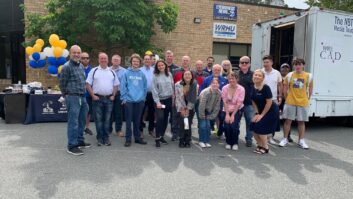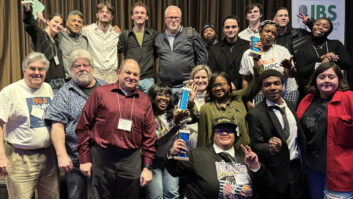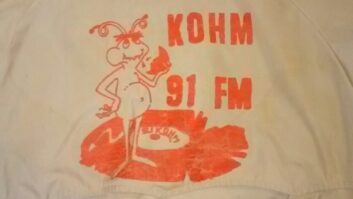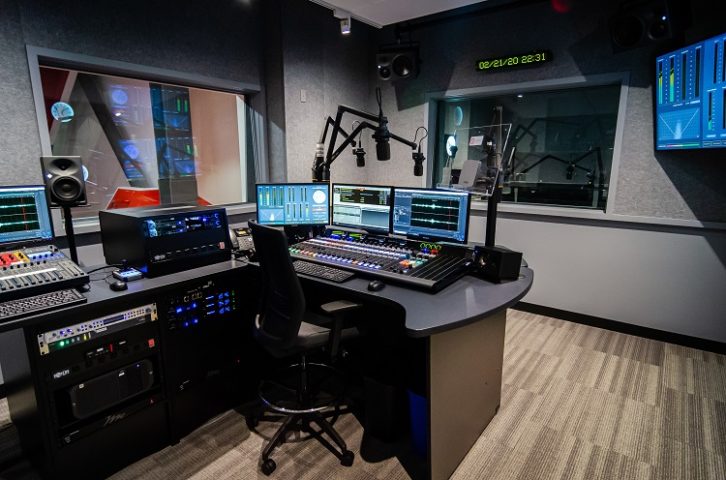
KING-FM had occupied its studios in the Lower Queen Anne neighborhood of Seattle for more than two decades when its landlord informed management that the building would be torn down for condos.
The station began looking for a new long-term home.
Meanwhile the Seattle Opera had just moved into a new nearby building on the Seattle Center campus near the Space Needle, a building with multiple performance venues and space set aside on the second floor for a future tenant. Their desired tenant would be aligned with the goals of the arts community and pay rent that would help the opera meet operational costs of its $60 million facility.
The space was a perfect fit for Seattle’s famous nonprofit, listener-supported classical music station. KING-FM.

CEO Brenda Barnes said in 2019, “We are thrilled to be moving into this beautiful space, and to be in such close proximity to one of our most important partners.”
The station moved in February 2020.
Project team
Utter Associates was the turnkey system integrator. It is a Seattle-based engineering and consulting firm whose clients including broadcasters, corporations, educational facilities, government entities and architects.
Founder Erik Utter was design lead on the project.
“KING-FM broadcasts on 98.1 with an analog, HD1, HD2 and seasonally an HD3,” he said. “They also stream the same services to a variety of platforms. They host live concerts and events both in the building performance venues, and from remote locations such Benaroya Hall, home of the Seattle Symphony.”
The technical scope of the project included broadcast studios for air, production, interview, voicetracking and editing; a technical operations center room; processing, codecs, RF distribution and related broadcast facets; all IT infrastructure; links to performance venues; and a live performance system.
“Our scope of work started with consulting to set the project operational requirements, technical requirements and developing a budget,” Utter said.
“We worked with Chief Engineer Michael Brooks — who was the SBE Chapter 16 Engineer of the Year — and Operations Manager Rachele Hales.” Other key leaders were General Manager Brenda Barnes and board member Jim Duncan.
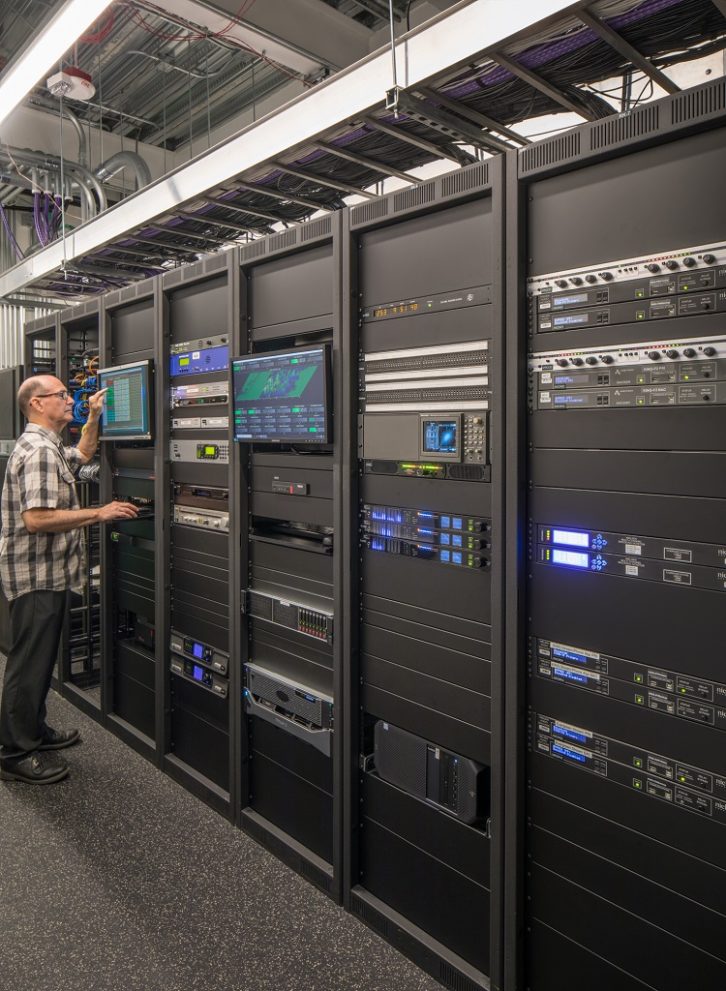
“Once the project requirements were defined, we made recommendations on technology, which culminated in a trip for the client to the NAB Show to confirm final selections and set the final budget.”
An architectural, consultant and construction team then was named by KING-FM; these included Owen Richards of ORA Architects; Basel Jurdy of Stantec for acoustics; and Sellen Construction.
“This was a wonderful team to work with,” Utter said. “In all honesty, this was the smoothest project of its type we have been involved with.
Building for change
Utter worked with that team to develop the physical layout of the studios, mechanical systems for equipment cooling and backup cooling, electrical systems including power, backup power and low-voltage pathways.
“We also worked with the acoustical consultant to work through the acoustic requirements and design details. This is a critical phase of the project.”
Through the lifetime of using the space, he said, technology will change and probably evolve in ways not yet evident.
“Correctly designing the core infrastructure to ‘get it right’ in the first place will make it easy for these changes to be implemented in the future with minimal cost and disruption.”
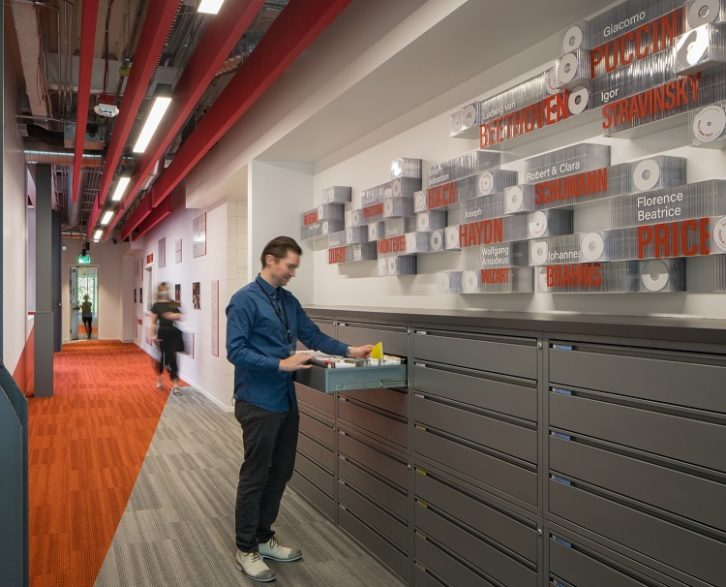
Simultaneously to the architectural work, Utter began a detailed technical design in AutoCAD. Once the final detailed designs were approved, Utter began the procurement process, completing an inventory of all items received and configuring as much of the equipment in its shop ahead of the installation as possible.
When the construction was complete and a certificate of occupancy issued, the team began the integration portion. The installation phase took about two months, followed by testing, commissioning and training.
“We place a heavy emphasis on ergonomics, modifying casework and carefully adjusting equipment placement and sightlines as needed,” Utter said.
“The changes to the RF system and microwave STL were straightforward, with new STL and receive antennas placed on the roof and only a short initial hop to the KING-TV tower of about eight city blocks. Harrington Tower completed the STL antenna work. IP circuits were provisioned for the feeds to the primary and backup transmitter sites, relegating the microwave to backup purposes. Of course, we were there for the cutover, which went flawlessly.”
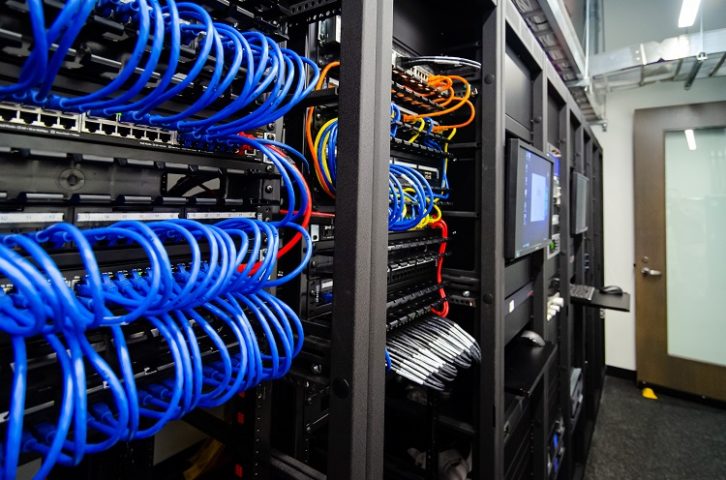
(On the RF side, the station’s main site is West Tiger Mountain, where a Nautel GV30 runs an HD1 and HD2. KING-FM is a Class C station operating at 68 kW ERP due to HAAT. The transmitter feeds an ERI master antenna, model ERI-1082 4CP-DA. The station runs its HDs under an experimental license allowing asymmetrical power of –10 dBc on the lower sideband and –14 dBc on the upper. An Inovonics Justin 808 keeps the HD aligned. A Continental 816 transmitter is on standby and an aux transmitter site is atop Cougar Mountain.)
Hardware choices
Wheatstone and its WheatNet-IP network were chosen as the backbone studio system, including two LXE consoles, two L8 Consoles and a series of Blades.
“We made extensive use of the technology for such things as audio processing, scripting and utility mixers for intercom, automated alarming, etc.,” Utter said. “We also used Dante for live performance mixing and venue interfacing.”
Key components also include RCS Zetta automation, Comrex Access NX Rack codecs, AKG C414 microphones, Neumann KH 310 and KH 120 audio monitors, Wheatstone furniture, Inovonics monitors for modulation and streaming, Intraplex HD Link and legacy gear for STL, and HPE/Aruba networking.
Studio accessories include ESE master clocks and Yellowtec mic arms and copy stands. The TOC has Middle Atlantic racks, Broadcast Tools DA, Sage EAS gear, Bittree patch bays, Burk transmitter control, a Marti system and Nielsen PPM gear.
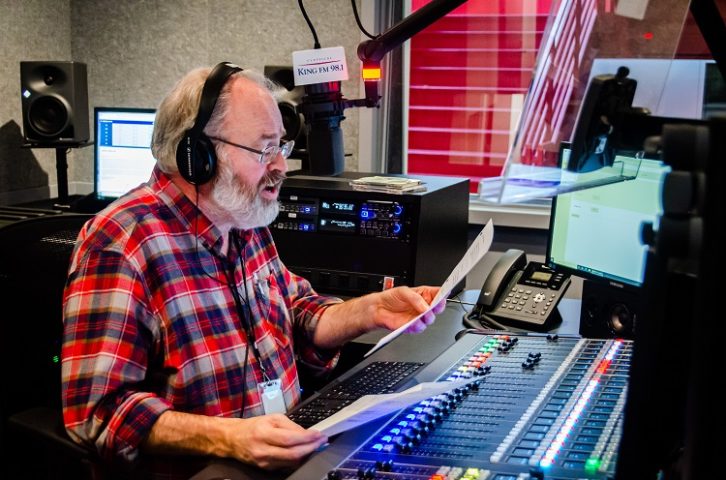
The initial consulting for the project started in spring of 2019, and the cutover was in February, just prior to COVID.
“An interesting thing about that,” Utter said. “Prior to COVID the remote production capabilities of Wheatstone and Zetta were mostly novelties. Very quickly they became critical features that make operations now much easier.”
Utter related that shortly after everything shut down for the pandemic, KING-FM continued to provide live coverage of the Sunday night Compline Choir from St. Mark’s Episcopal Cathedral in Seattle.
“The choir was singing to an empty cathedral and broadcasting live on KING-FM as a public service, providing relaxing meditative music during a time of fear and uncertainty. The lone board op at KING-FM called me on a Sunday night, four minutes to air, explaining that she couldn’t get the remote source to come up on the LXE console.
“I was able to connect with my laptop and resolve multiple issues, and finally pot up the source on the console, just in time. Something unimaginable just a short time ago.”
Planning for worst-case
“One of the reasons the project went so well is that the systems integrator was brought in very early, just after the project was conceived,” he continued.
“This allowed for a deep partnership and understanding of the client’s needs. This also allowed us to bring up design considerations with the architectural team early enough to easily address, resulting very few compromises in the facility design.”
Utter is a big fan of WheatNet, saying it simplifies future routing changes and that its distributed architecture provides robustness.
In order to keep workmanship orderly in the long term and allow for inevitable changes to wiring, Utter connects all I/O of a Wheatstone Blade to a Bittree E3 bulkhead panel, passing through that to the equipment.
“The connections on the rear of a Blade are just too dense to be making changes while keeping up the level of workmanship and neatness in a larger facility.” Future equipment additions or wiring changes can be done easily on the E3 panel.
“As an engineer, I still need to imagine and prepare for what a worst-case failure situation may look like. … All critical portions of the air chain are brought out to patch, so that if there were a massive networking failure, signal could still be quickly patched to air.”
KING-FM was founded in 1948 by Dorothy Stimson Bullitt; it is among the longest-running classical radio stations in the country.
Radio World welcomes suggestions for facility and project profiles. Email [email protected].









